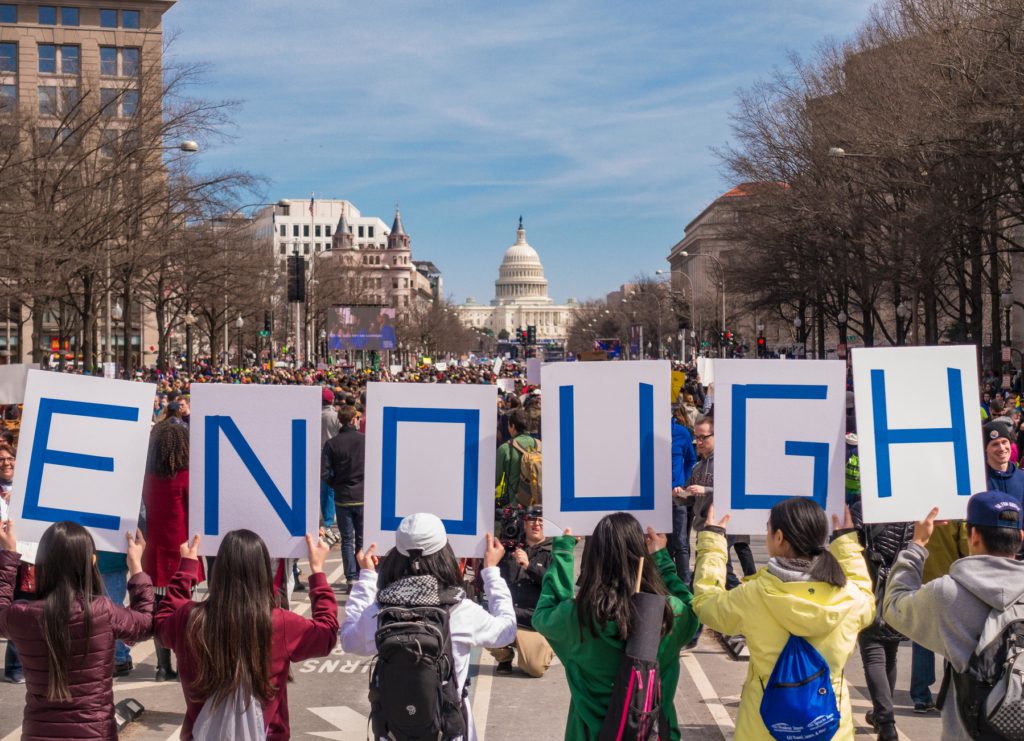Overview
Gun violence is a daily scourge that threatens our most fundamental right: the right to life. More than 600 people die every day as a result of firearms violence, which is driven in part by easy access to firearms – whether legal or illegal.
Anyone can be affected by gun violence, but it often disproportionately impacts people of colour, men and boys in deprived communities, and other marginalized groups. Domestic violence involving firearms also puts women at heightened risk of death or life-changing injuries.
Sometimes, the mere presence of firearms can make people feel threatened and fearful for their lives. They may be too afraid to attend schools or health facilities. Community-wide gun violence may prevent services from fully functioning, which can harm access to education or healthcare.
The vast majority of gun violence occurs outside of armed conflict settings. A significant proportion – in some states more than half – of firearm deaths are caused by suicide and accidents.
Our human rights are not protected if our leaders fail to tackle and end the epidemic of gun violence and gun deaths.
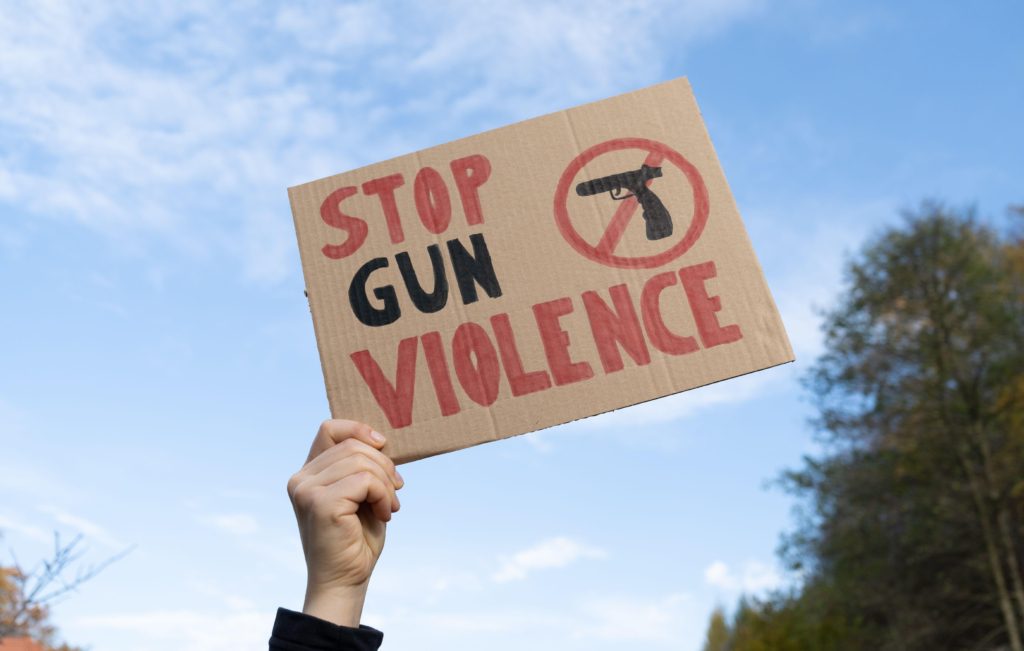
What is gun violence?
Gun violence is violence committed with firearms, such as handguns, shotguns, or semi-automatic rifles. More than 600 people are estimated to die every day from gun violence with two-thirds of gun-related deaths, including suicides, occurring in just six countries (in descending order): Brazil, the USA, Venezuela, Mexico, India and Colombia.
Up to 71% of all homicides globally involve gun violence. The majority of victims and perpetrators are young men, but women are at particular risk of violence from an intimate partner possessing a firearm. Sexual violence can also be perpetrated at gunpoint.
Firearms cause devastating injuries that leave a lasting impact on mental and physical health. Some gunshot victims need intensive, lifelong care. Others may lose their ability to work. Many have little or no access to programmes that offer adequate long-term care and rehabilitation.
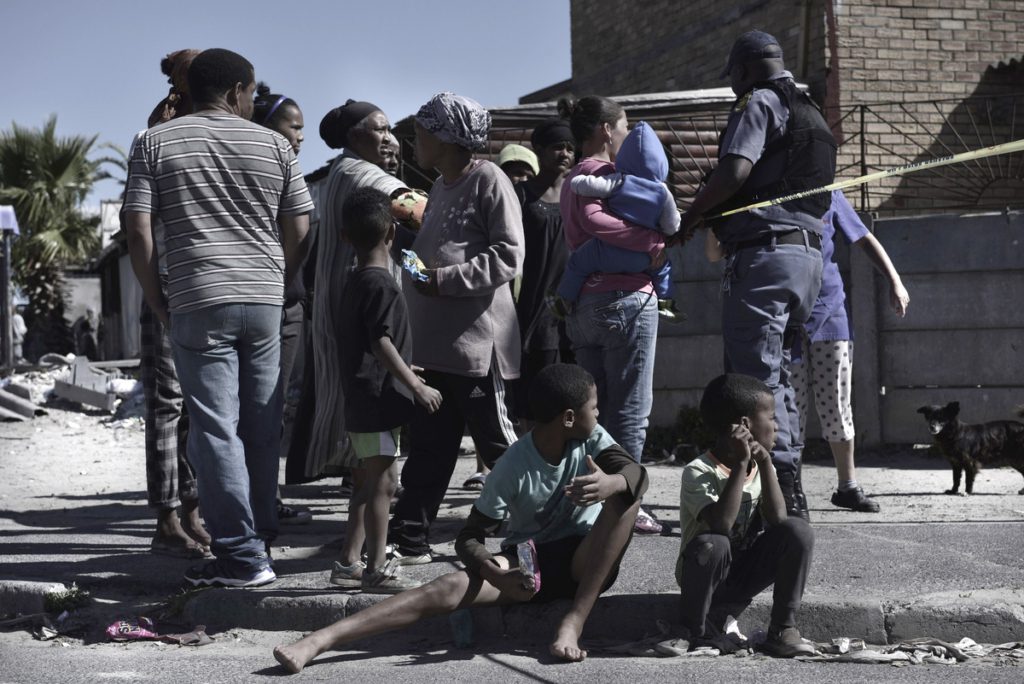
How many guns are there?
More than 1 billion firearms are in circulation globally. The vast majority – 85%– are in the hand of private individuals, 13% are in military arsenals and 2% are owned by law enforcement agencies.
Gun violence committed by private individuals is typically concentrated in low-income urban neighbourhoods with high levels of crime, including drug trafficking. Many of these areas are blighted by inadequate policing or policing which does not comply with international standards on human rights and law enforcement, and a lack of access to public services.
Therefore, easy access to and proliferation of firearms, combined with socio-economic factors, can have a harmful impact on the community’s full range of human rights.
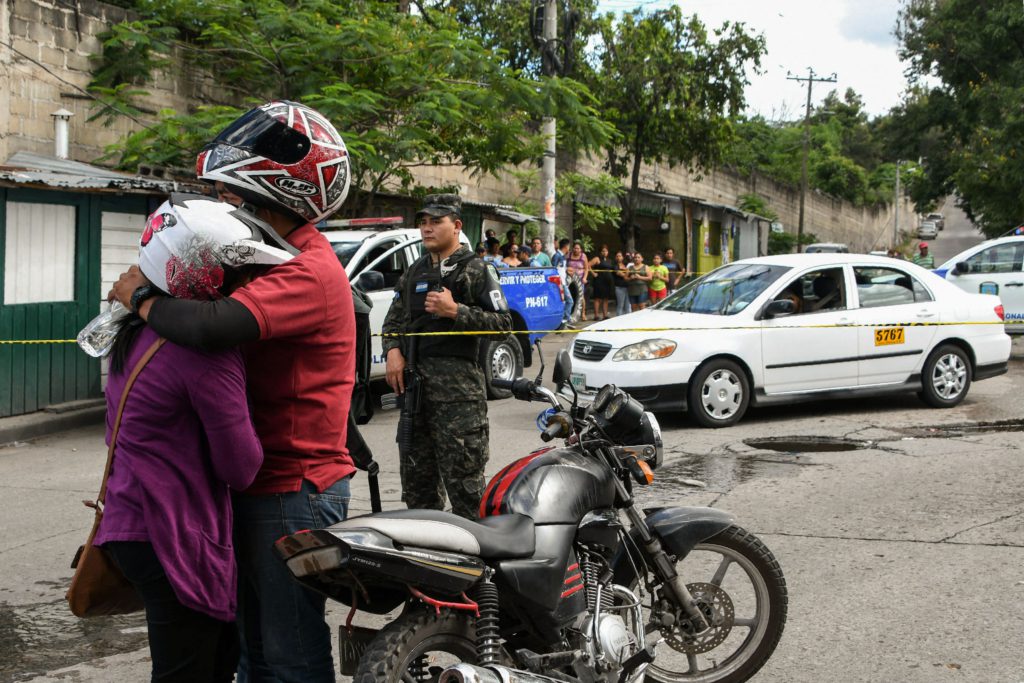
Gun violence and the right to health
Gun violence can rob people of their lives, health and right to healthcare.
People living in communities plagued by firearm violence may find it difficult or even dangerous to access health care facilities. This is especially true in areas where neighbourhoods are partitioned by armed criminal gangs or subject to curfews due to insecurity.
Gun violence can also deter local authorities and NGOs from setting up community health services, and contributes to poor staff retention. Survivors of domestic violence often do not have the essential psychological support or safe accommodation they need in neighbourhoods wracked by firearm violence.
The psychological toll from rampant gun violence is often heavy, particularly for victims, their family members and those who have witnessed shootings. Survivors may be left with debilitating and life-changing injuries which require long-term medical and social care.
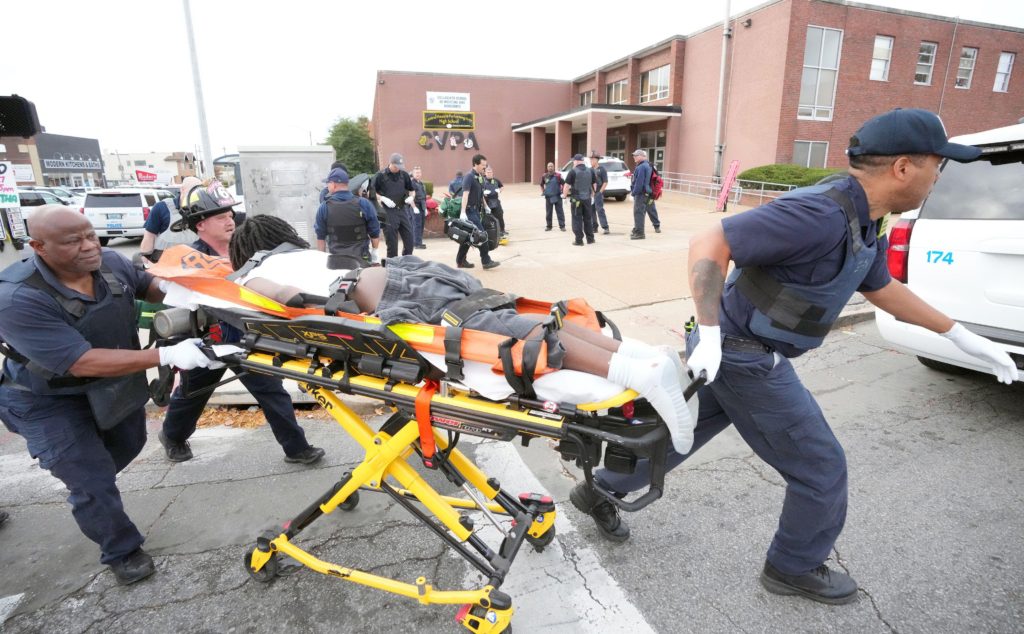
Gun violence and the right to education
Mass shootings and other firearm violence can disrupt children’s education and make students’ journeys to and from school dangerous.
Endemic gun violence damages the learning environment by disrupting school attendance and rates of retention, and makes it harder to recruit and retain teaching staff.
This can, in turn, lead to poorer outcomes for students in terms of employment and income. It can also perpetuate cycles of deprivation, crime and violence.
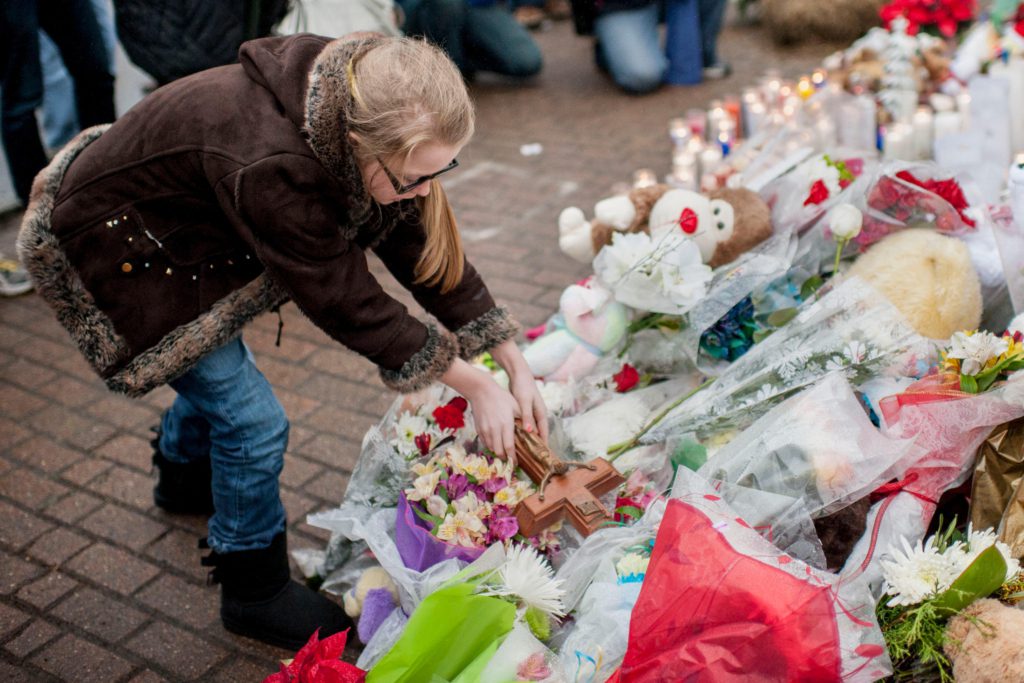
The link between discrimination and gun violence
Gun violence exacerbates the impact of systemic discrimination.
In 2020, 60.9% of the 19,995 people killed by gun homicide in the US were African Americans, despite African Americans making up just 13% of the US population.
Black men and boys aged 15-34 are more than 10 times more likely to die from firearm homicide than white men and boys of the same age group.
Failure to address systemic discrimination; failure to keep firearms out of the hands of those most likely to misuse them; and a failure to invest in gun violence prevention programmes all contribute to this crisis.
Women facing domestic violence and children are also disproportionately affected by gun violence.
In 2020, the ratio of women in the Caribbean killed in gun violence was more than three times the global average. In the USA, guns are now the leading cause of death for children. Furthermore, between 2% and 7% of all injuries treated at US paediatric trauma centres are gun-related.
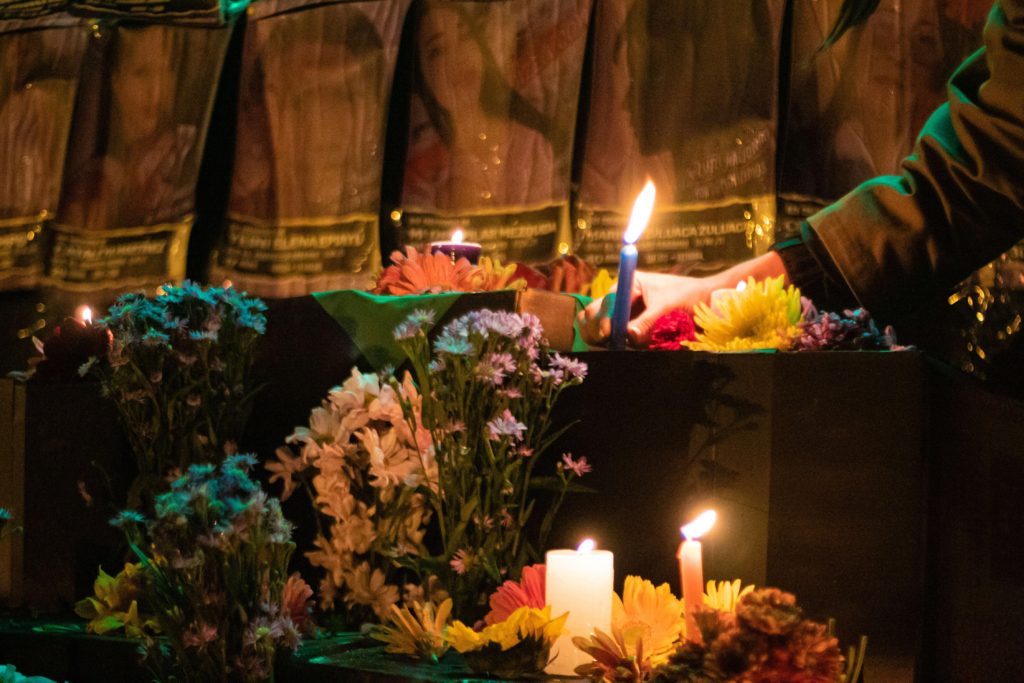
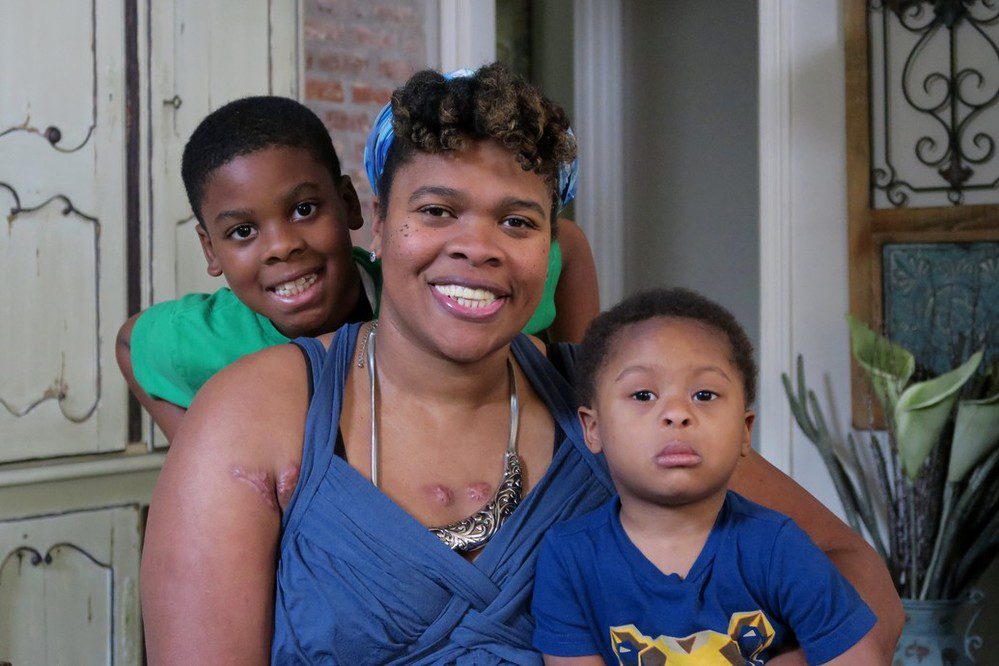
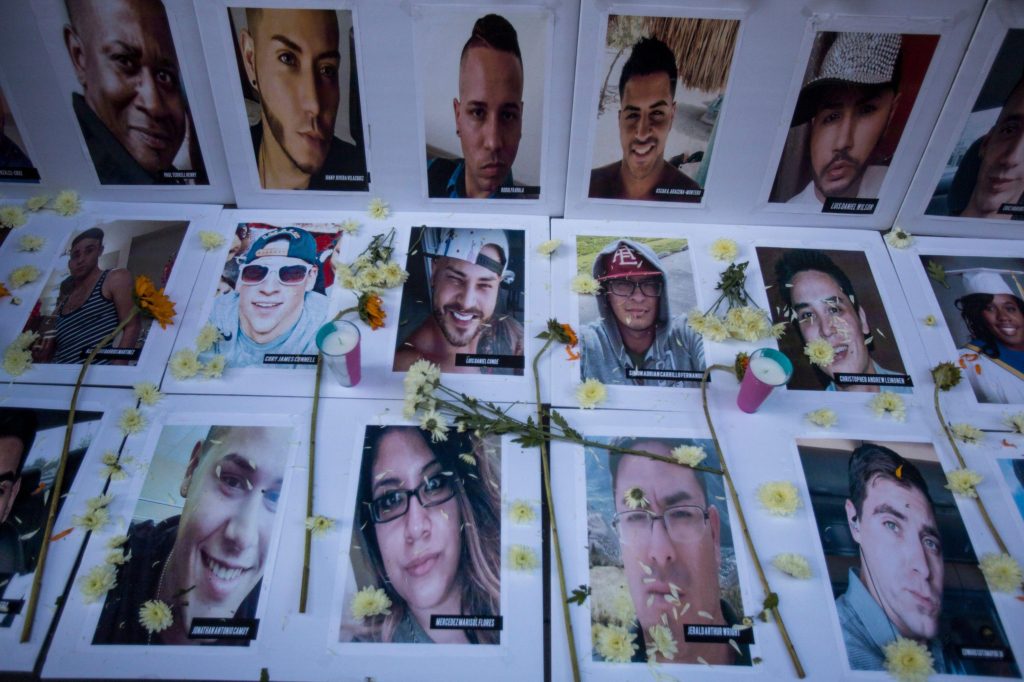
Case Study: United States of America
In 2022, there were 45,222 gun deaths in the United States, which per capita, is significantly higher than in other industrialized countries.
Successive US governments have allowed gun violence to become a human rights crisis. The USA lacks measures such as a national firearm registry to monitor gun ownership. Individuals can lawfully carry concealed firearms in public in every state in the country. Only three states (California, Florida, and Illinois) and the District of Columbia have laws that generally ban people from openly carrying firearms in public.
The number of firearm suicides by Black, Latino and Asian teenagers is growing at an alarming rate. Analysis of data from the Centers for Disease Control shows a 120% increase between 2011 to 2020.
Mass Shootings in the United States
The US has also witnessed a horrifying rise in mass shootings, which are typically defined as shootings where four or more victims are killed or injured. In 2022, there were 46 school shootings, more than in any year since 1999, inflicting untold harm on children who witness the gun violence or are left cowering in classrooms, trying to hide from it.
In 2021, there were 683 mass shootings in the US, a record high.
Top deadliest mass shooting incidents in the USA in recent years:
- 2015 – Nightclub in Orlando: 49 people killed, 53 wounded
- 2017 – Concert in Las Vegas: 60 people killed, 411 wounded
- 2019 – Store in El Paso: 23 people killed, 23 wounded
Gun Violence Figures Worldwide
How can governments stop gun violence?
Effectively implemented gun regulation and evidence-based violence prevention projects can stop the carnage.
As a first step, states should recognize firearm violence as a threat to people’s human rights, in particular their rights to life, to physical integrity and security of person, and to health.
Gun regulation and gun licences
States can set up some basic systems to regulate how private individuals can own and use firearms and ammunition to prevent them from using firearms to abuse human rights.
International standards recommend prohibiting any possession of firearms without a licence; that states should register all firearms; and that unlicensed possession should be treated as a criminal offence.
A firearms licence should be subject to certain criteria. For example, the applicant should undergo a comprehensive background check to identify any risks, such as:
- a criminal record – especially for violent behaviour in the home or community; history of gender-based, sexual or domestic violence;
- history of problematic use of drugs/alcohol, emotional issues, mental health conditions and
- any other circumstances which heighten the risks of the harm to self or others using firearms.
Gun licences should be time-limited and training on how to use the weapon should be mandatory. The number and type of weapons that an individual can possess should also be strictly limited in line with the principles of necessity and credible justification.
Some firearms and ammunition represent an unacceptable level of risk to public safety and should be banned for personal use. These should include, at a minimum, fully automatic firearms, semi-automatic assault rifles, semi-automatic shotguns and semi-automatic submachine guns.
Does gun reform work?
Yes, gun reform works. Almost all countries regulate gun acquisition, possession and use in some form. Most do this by licensing users and registering firearms.
Gun reform works in parts of the world where there are strict controls on access to firearms and well-enforced firearms regulations. This is the case for much of Western Europe, Australia, New Zealand and parts of Asia. For example, in Japan, South Korea and Singapore, the rate of firearm violence is extremely low.
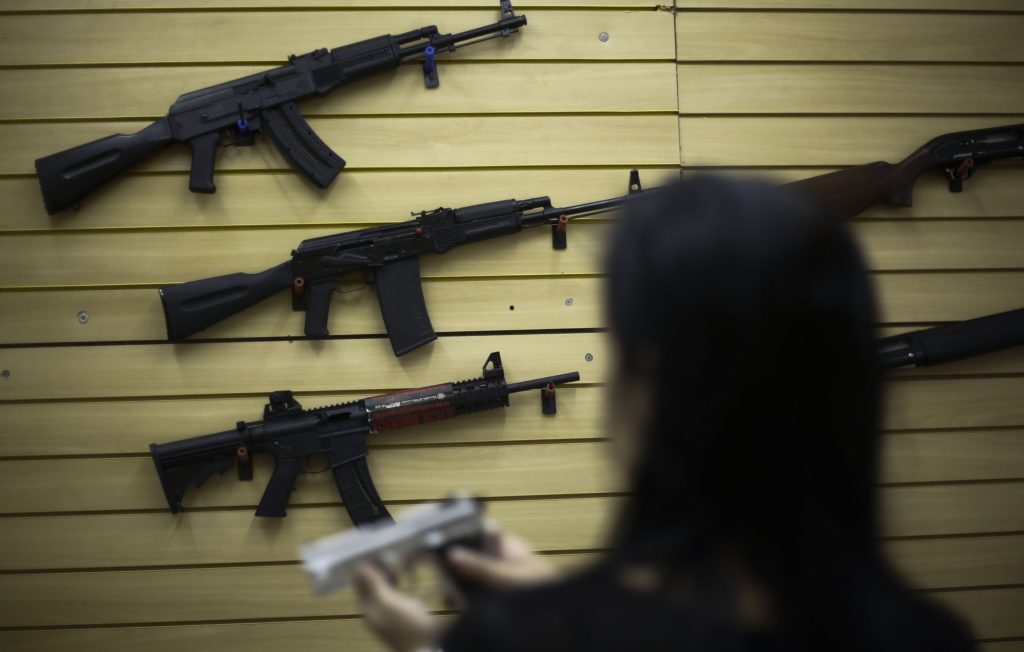
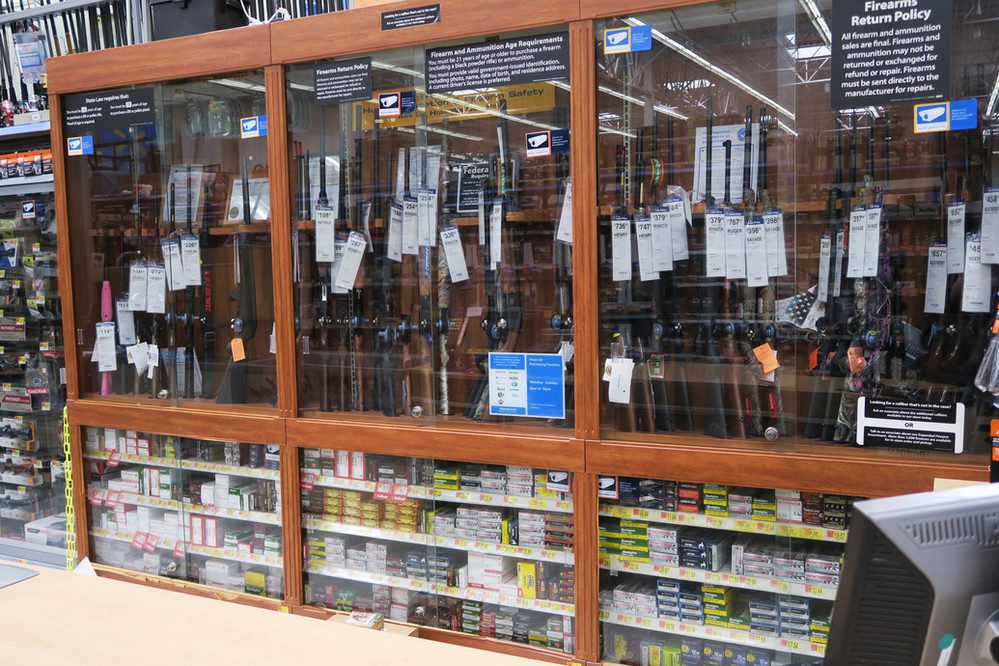
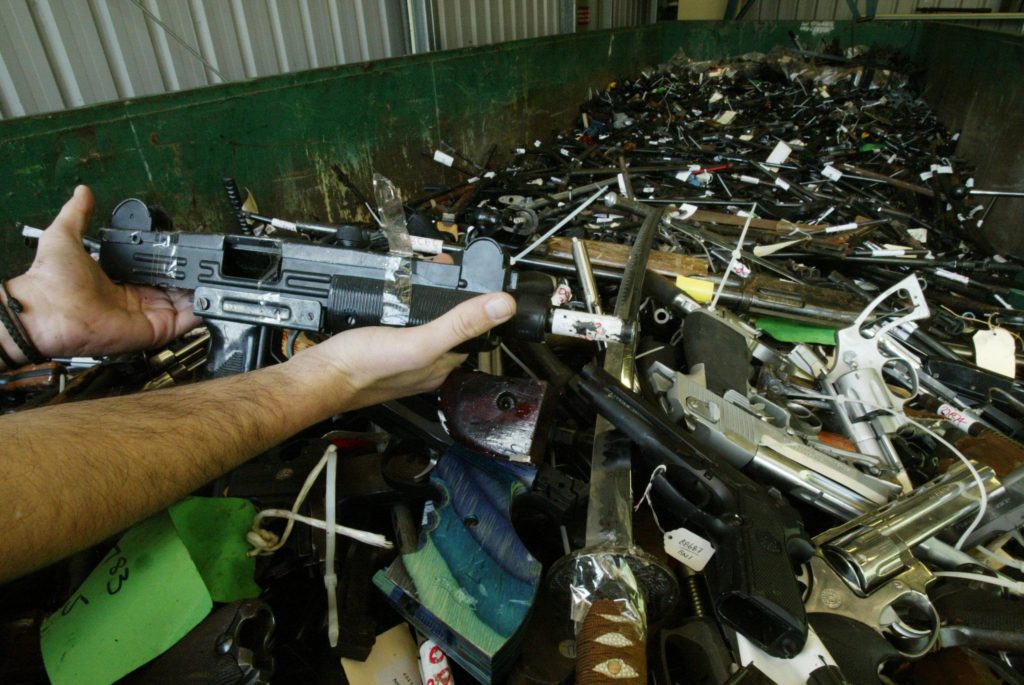
Case Study: Australia
Following the 1996 Port Arthur massacre in Tasmania, in which 35 people were killed and many more injured by a lone gunman, Australia moved to enact sweeping gun reforms.
The National Firearms Agreement, drafted within weeks of the tragedy, restricted legal ownership of firearms in Australia; banned pump-action, automatic and semi-automatic firearms and established a firearm registry. It also required a new permit for all new purchases of firearms, among other measures. In addition, the government initiated a major buyback of guns that had been declared illegal under the new legislation.
Since then, murders and suicides by gun have plummeted. Between 1996 and 2019, firearm deaths more than halved.
In 2021, the University of Sydney found that private individuals owned more than 3.5 million registered firearms. However, the proportion of licensed firearm owners has almost halved between 1997 and 2020.
What does Amnesty do about gun violence?
Amnesty International is campaigning to strengthen regulations on firearm sale, transfer, use and possession. We support the creation of evidence-based violence reduction programmes in communities with persistently high levels of firearms violence.
You can stand up and remind our leaders of their obligation to keep us safe. You can play a crucial role in campaigning and protesting against gun violence and making it clear to governments that they must tackle this through strict controls on guns and effective interventions in communities suffering high levels of gun violence.
You have the power to tell governments that by using gun laws, we can all live safely and without fear – which is our right.
